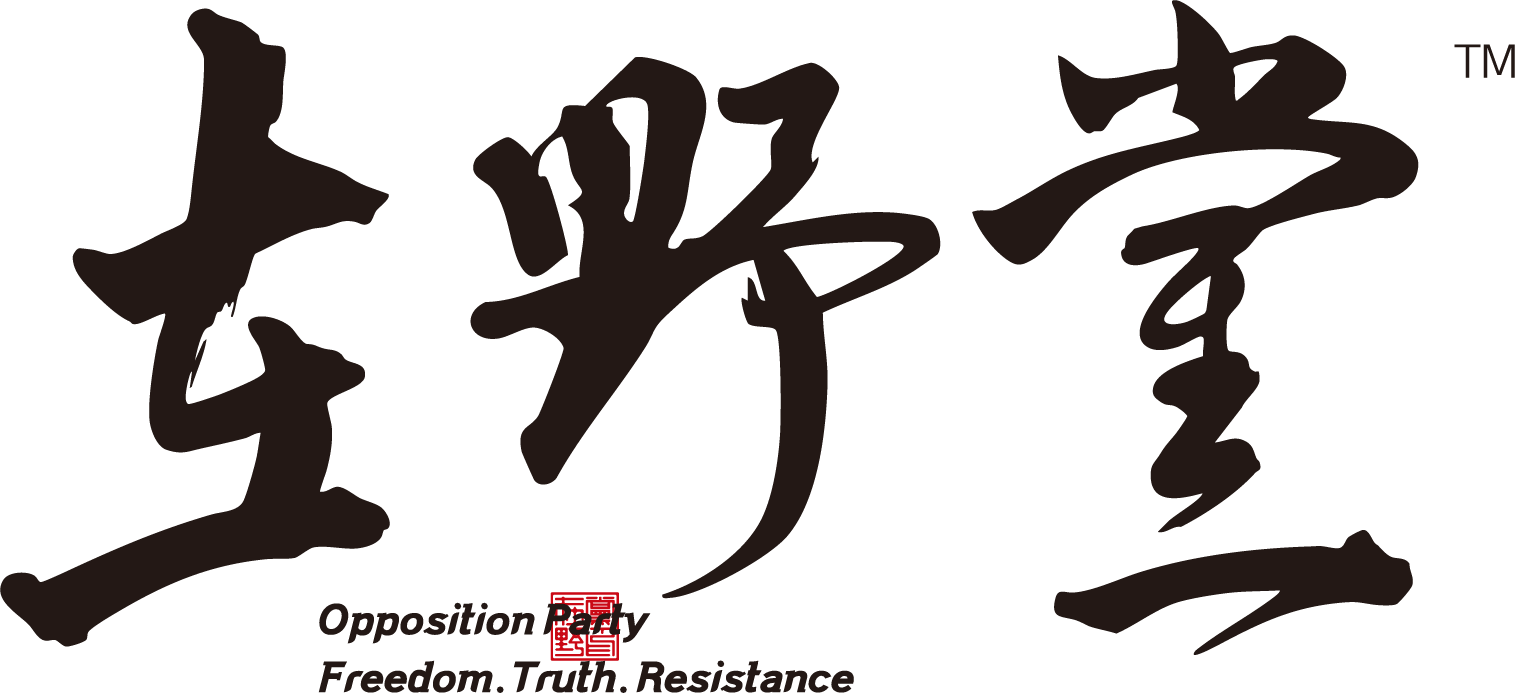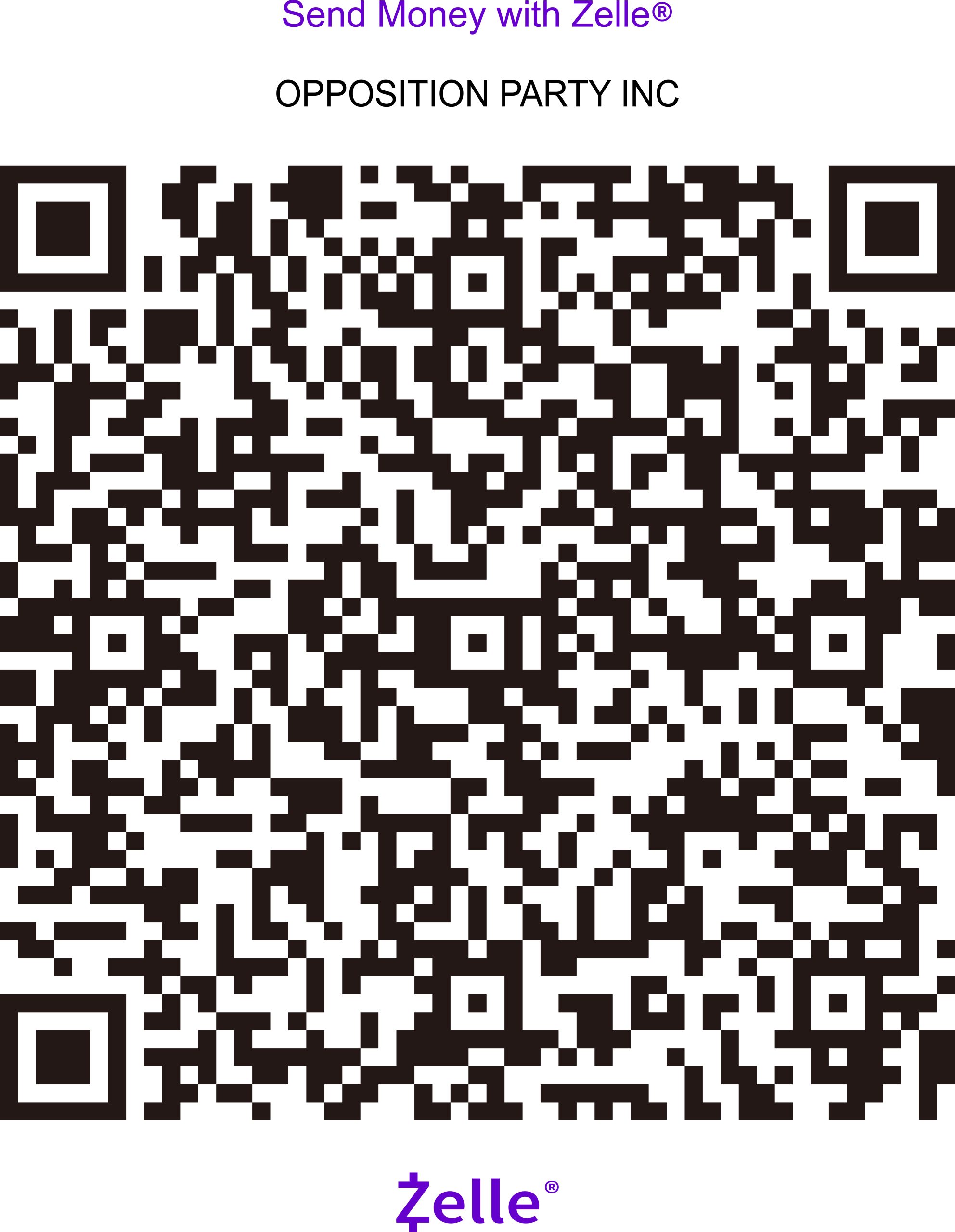一场关在防火墙里的“国际化”闹剧
作者:冯仍
编辑:钟然 责任编辑:罗志飞 翻译:tomorrow
根据2021年第七次人口普查数据,中国境内外籍人士总数为84.5万人,占全国总人口的比例仅为0.06%。这意味着在十几亿人口的中国,几乎看不到外国人的影子。这个比例比印度、日本、乃至许多非洲国家都低,只略高于朝鲜。换句话说,中国几乎是世界上最“单一种族”的大国。
然而,就在这样的现实下,北京却在今年10月1日高调推出所谓“K签证”政策,宣称要从全球吸引理工科(STEM)领域人才,打造“中国版H-1B签证”。按照宣传口径,这是一项“高水平对外开放”的新举措,目的是和美国争夺科技人才。
冯仍-rId6-1920X1080.jpeg)
但讽刺的是,这项签证政策刚一宣布,舆论几乎全线翻车。微博话题“#K签证会让外国人抢走我们的饭碗吗#”登上热搜,评论区成了排外与怨气的宣泄场。人民日报不得不亲自下场“科普”,试图挽救形象;然而网民的愤怒却并非因为他们“仇外”,而是因为他们早已被体制教会了“封闭与敌意”。
中国政府多年来筑起的信息防火墙,让绝大多数中国人几乎没有与外部世界直接交流的机会。外国人稀少,外语教育僵化,海外媒体被屏蔽——于是,整个互联网舆论生态自然滑向一种封闭、狭隘的民族主义。于是,当K签证出现时,这种“防火墙下的国际化”就成了一场闹剧:民众害怕外国人会“侵占中国”,甚至出现“防止印度化”“五胡乱华重演”的荒诞论调。
但问题的根源,其实并不在于K签证本身,而在于一个长期被禁锢在谎言体系里的社会。一个连自己公民都不信任的政权,又凭什么能吸引外国人才?
看看现实:同样的时间,中国的青年失业率达到18.9%,而且这还是“优化后”的数字;22岁的女留学生张雅笛因为参与“挺藏会”活动被指控“煽动分裂国家罪”,可能面临十五年刑期;网络博主户晨风因为表达不同意见被封号、被围剿。——在这样一个“言论可致罪”的国家,外国人真的敢来吗?
即便他们来了,又会发现自己身处一个“没有WhatsApp、没有YouTube、不能自由上网”的信息孤岛。连最基本的交流都成问题,又何谈创新?
事实上,K签证并不是“开放”的象征,而是当局焦虑的产物。它不是为了吸引人才,而是为了制造一个“我们仍在开放”的假象,好让国际投资者相信这个体制依然稳定、可靠。但对内,它照旧封锁信息、打压异见;对外,它竖起笑脸,企图在全球舞台上争取科技与资本。
这是一场典型的“双面开放”:外向的面具,内向的灵魂。
因此,中国真正需要的“K签证”,并不是发给外国人的,而是发给自己的青年。让他们能够自由迁徙,不被户籍束缚;能够自由表达,而不被删帖封号;能够自由选择信仰,而不用担心被指控“邪教”;能够凭努力改变命运,而不是靠“关系”与“背景”。
只有当中国青年首先成为真正意义上的“公民”,而不是“被统治的对象”,中国才有资格谈对外开放。否则,无论发出多少签证,建多少“人才引进园区”,都只不过是在一堵更高的墙上贴一张“欢迎光临”的标语。
真正的开放,不是让外国人来,而是让中国人走出去、说真话、活得像人。K签证能解决的,只是数字;制度改变的,才是命运。
China’s “K Visa”
A Farce of “Internationalization” Behind the Firewall
Author: Feng Reng
Editor: Zhong Ran
Editor-in-Chief: Luo Zhifei
Translation: tomorrow
Abstract: China’s K visa attempts to attract foreign scientific and technological talents, but closed information, suppression of dissent and youth difficulties make it difficult to achieve true openness. Institutional reform is the key to attracting talents and social development.
According to the seventh national census in 2021, the total number of foreign nationals in China was 845,000, representing only 0.06% of the country’s total population. This means that in a country with a population of over one billion, foreigners are virtually invisible. This proportion is lower than that of India, Japan, and even many African countries, and only slightly higher than that of North Korea. In other words, China is almost the most “ethnically homogeneous” country in the world.
Yet, amidst this reality, Beijing launched the so-called “K visa” policy on October 1st of this year, claiming to attract STEM talent from around the world and create a “Chinese version of the H-1B visa.” This was promoted as a new initiative of “high-level opening up” aimed at competing with the United States for scientific and technological talent.
冯仍-rId6-1920X1080.jpeg)
Ironically, as soon as this visa policy was announced, public opinion turned against it. The Weibo hashtag, “#WillK Visas Let Foreigners Steal Our Jobs#,” trended, and the comments section became a forum for xenophobia and resentment. The People’s Daily was forced to personally address the issue in an attempt to salvage its image. However, netizens’ anger stemmed not from their perceived xenophobia but from the fact that they had long been conditioned by the system to be closed-minded and hostile.
The information firewall erected by the Chinese government over the years has left the vast majority of Chinese people with virtually no opportunities to interact directly with the outside world. With few foreigners, rigid foreign language education, and censored overseas media, the entire online public opinion ecosystem has naturally slid into a closed, narrow-minded nationalism. Consequently, when the K visa was introduced, this “internationalization behind the firewall” became a farce: citizens feared foreigners would “invade China,” even leading to absurd rhetoric about “preventing Indianization” and a “repeat of the Five Barbarians’ Invasion of China.”
But the root of the problem lies not in the K visa itself, but in a society that has long been trapped in a system of lies. How can a regime that doesn’t even trust its own citizens attract foreign talent?
Consider the reality: During the same period, China’s youth unemployment rate reached 18.9%, and that’s an “optimized” figure; 22-year-old international student Zhang Yadi was charged with “inciting secession” for participating in the “Pro-Tibet Association” and faces a possible 15-year prison sentence; online blogger Hu Chenfeng was blocked and targeted for expressing dissenting opinions. In a country where “speech can be a crime,” do foreigners really dare to come?
Even if they do come, they’ll find themselves on an information island with no WhatsApp, no YouTube, and no free internet access. How can innovation be achieved when even basic communication is a problem?
In reality, the K visa isn’t a symbol of “openness” but rather a product of the authorities’ anxiety. It’s not intended to attract talent, but rather to create the illusion of “openness,” reassuring international investors that the system remains stable and reliable. Internally, however, the government continues to block information and suppress dissent. Externally, it maintains a smiling face, attempting to win over technology and capital on the global stage.
This is a classic example of “double-sided opening”: an outward-looking mask, an introverted soul.
Thus, the “K visa” China truly needs isn’t one for foreigners, but for its own young people.
It allows them to move freely, unconstrained by household registration; to express themselves freely without being blocked; to choose their faith freely without fear of being accused of “cultism”; and to change their destiny through hard work, not relying on connections or background.
Only when China’s youth become true “citizens,” rather than “subjects of rule,” can China truly speak of opening up to the outside world. Otherwise, no matter how many visas are issued or how many “talent introduction parks” are built, it will merely be putting a “Welcome” sign on a taller wall.
True openness isn’t about letting foreigners in, but about letting Chinese people go out, speak the truth, and live like human beings.
K visas only address numbers; it’s the system that changes destiny.



声援邹巍——言论无罪,释放良心犯-rId6-1280X960.png?w=218&resize=218,150&ssl=1)


赵雪峰−声援中华民国-rId4-1875X2500.jpeg?w=100&resize=100,70&ssl=1)
